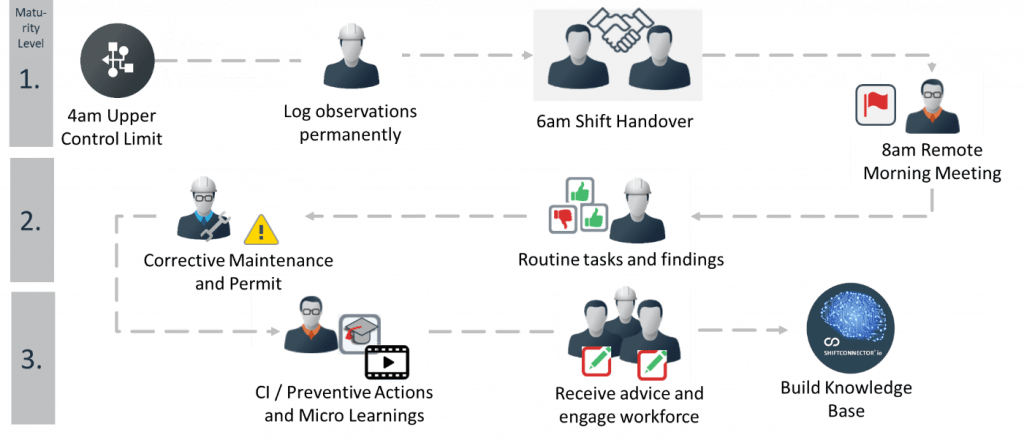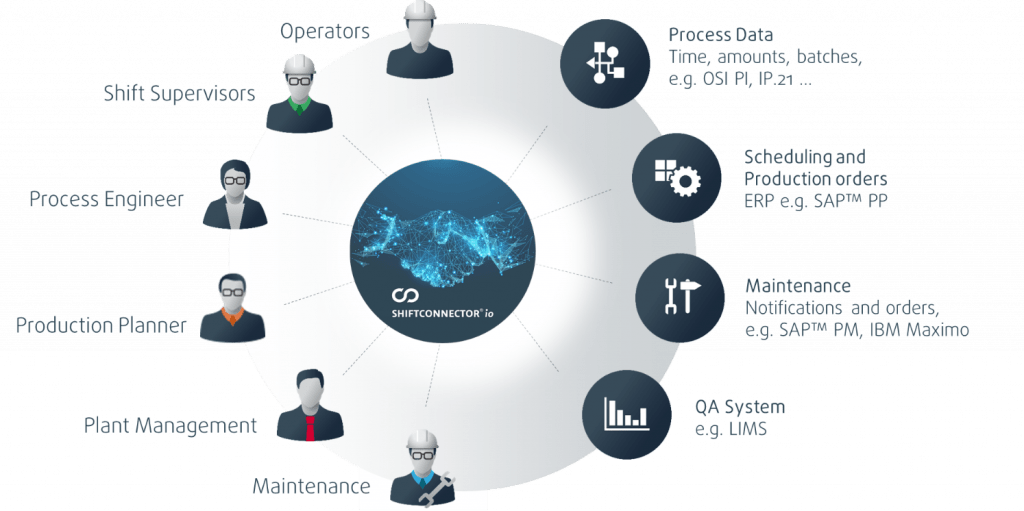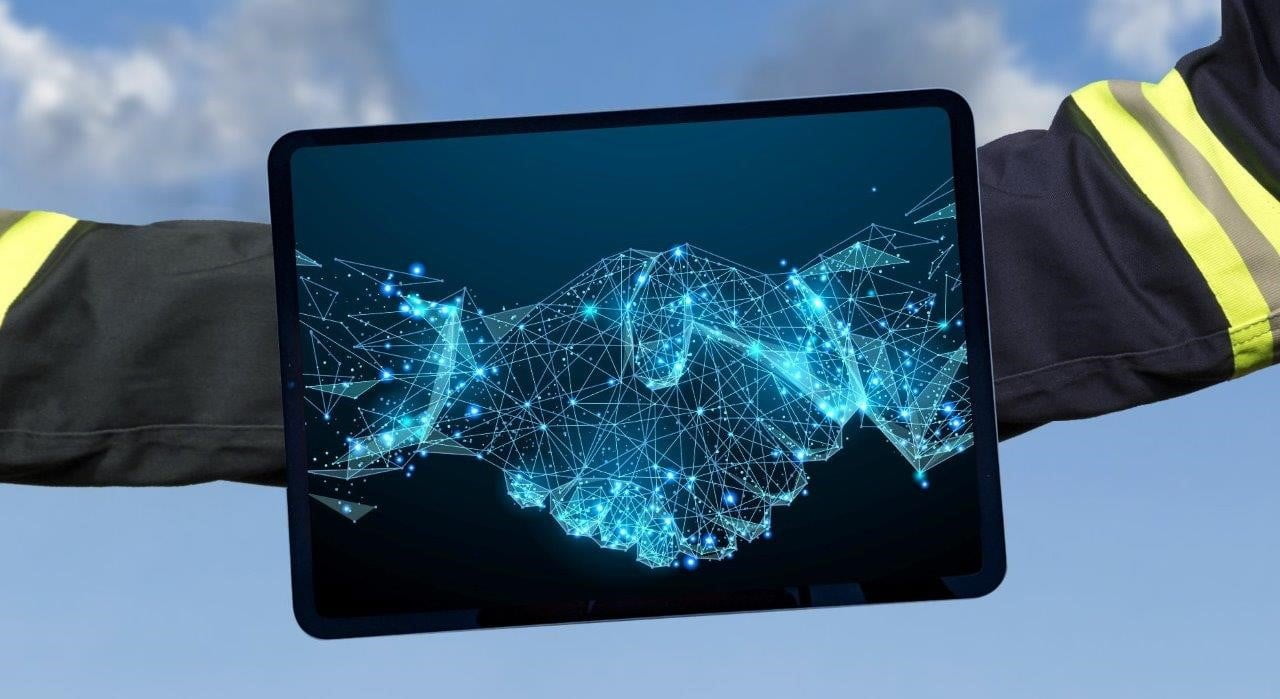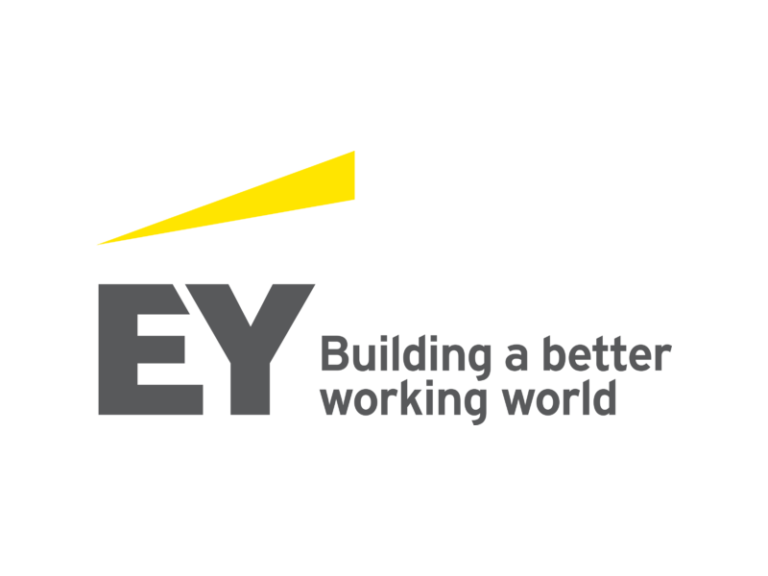Social Distancing Enablement for your Plant
With the COVID-19 pandemic, we have entered a very strange time, a transformative time. Regardless of the immediate effects that are largely transitory (such as the rationing of certain products, the closing of restaurants and shops, and the recommendations and orders from authorities to stay in our homes); there will be real and significant changes that will be longer lasting, even permanent.
Some measures deemed temporary, such as “social distancing” may become permanent to some extent if in effect long enough to take root and become the new norm. Certainly, social distancing will become a consideration and action-item on every risk analysis and health and safety checklist going forward.
The questions most asked will be; Do employees need to work so close together without real reason? What are those reasons? Do these restrictions strike a balance between health and safety and maintaining morale? How will these changes affect the existing communication protocols? What are the risks, and how these risks can be mitigated?
Human Communication
After all, humans are social beings and an unreasonable amount of isolation will be ignored by everyone. And if one rule is ignored, others will be also. In such extreme cases, it will be the individual who draws the line between what rules they follow and which they ignore – resulting in great peril to themselves, others, and the entire organization.
But there are opportunities to make social distancing both acceptable to the individual and productive at the same time – specifically in how we communicate with one another.
If we break-down how we communicate, it all starts with the sender of the message. The information from the sender is encoded from their perspective using the language and information tools native to the sender. It is transmitted to the recipient(s) by some channel (verbal and/or, written). As it is received by the recipient, it is decoded from the recipient’s perspective.
The likelihood of there being omissions in the detail and context of the information being sent is great as is the likelihood of there being misinterpretation of the information by the recipient.
True is not what the sender says, it is what the receiver understands.
If we have the opportunity to communicate face-to-face and in real-time, these gaps in information, context, and understanding may filled by the real-time discussion. But in the era of social distancing, these opportunities will be fewer. And with it, greater peril.
A need for structured Communication Processes
To overcome these perils; the information must contain enough detail as to be complete, but also clear, concise, and standardized to be understood (even to increase the likelihood they will be read). These perils are amplified as the message is passed to a series of recipients, each recipient being one link further down the chain from the originator. And there needs to be the opportunity to engage in the face-to-face, even if the parties involved are not in proximity to one another.
So the challenge is; how do we run a plant safely, efficiently, and effectively in this new era of social distancing and the challenges we face in communication that come with it?
To minimize the opportunities for errors in communications and other risks – especially for events which are repeated – we need to understand, formalize, and establish robust communication protocols that drive value to the employees and are simple enough for the workforce to use so they, in fact, do use it – even more they should enjoy it.
For example, in the airline industry, it is protocol for the crew to participate in a flight briefing before boarding the aircraft. This is the opportunity for everyone to understand and become aligned to the expectations of the flight. And once on the flight deck, the Captain and First Officer will run through the pre-flight checklist to ensure the aircraft is properly prepared and configured to take-off (and later, to land). After the flight has landed, the Captain will complete a log of the happenings on the flight for the next crew and report any issues to the maintenance crew.
The same thing happens in the plant. Throughout the shift, the operators are capturing their observations in real time throughout the plant with mobile devices. When the outgoing shift is beginning to leave, the shift supervisor will ensure that the handover protocol captures all relevant happenings and share any wisdom and insights with the oncoming shift to ensure an efficient and as seamless handover as possible. The incoming shift will review the information, so they have a clear understanding of the situation as they start. The handover is a verbal conversation between the outgoing and incoming shift.
Usually done face-to-face, this is now accomplished by remote conferencing or telephone call because of the pandemic. The conversation follows the topics of the handover protocol and is conducted as a 3-way-communication. This is similar to how a pilot of an aircraft communicates with ground control: 1st sender states a message, 2nd receiver repeats, 3rd sender acknowledges.

The challenge here is the manner in which the information is captured and passed. Since the communication process does not end with the handover of shifts, the relevant items need to reach the senior teams in their home offices. Like shown in the example, everything might start with a certain limit violation in the DCS, which needs to be followed up across multiple shifts. Critical violations need to be reported to the daily production meeting where recurring problems are flagged as continuous improvement opportunities with the learnings shared with all teams.
If not performed in a structured manner according to established protocols and conventions, the chances of critical information being missed or miss-understood is great. And with this gap in information there is great risk to employee safety and there is a great chance that the production will be sub-optimal or there will be some manner of loss during the shift.
Building a communication platform and transform to a knowledge organization
The digitization of the information will change the way of capturing and managing operational details from pages (paper, spread sheets or word processors) to records. And the digitalization of the process will minimize potential gaps in information and increase the production team’s agility by reducing shift to shift errors, omissions, and contamination. In addition, the entire communication history will be archived in one knowledge repository and retrievable for lookbacks and analysis over time.
But you also must get this information to the people who need it, where they need it, and when they need it. This means the information must be able to be accessed, updated, and shared remotely to facilitate effective team and plant management. With the widespread use of robust telephony solutions and smart devices, any system should not require proprietary hardware to establish the connectivity and collaboration required. Conducting routine production meetings and continuous improvement sessions remotely, with employees and operators accessing from their workstations, can be part of the normal protocol for increasing efficiency. And by accomplishing all of this, you will be able to better implement workplace flexibility.
In addition to communicating between and among teammates there should be consideration given to sharing information to and from other mission critical systems those as Maintenance Management or Process Historian as might be appropriate and necessary – ultimately establishing a collaborative community environment.
To accomplish these tasks – to “tick all the boxes” – a robust and configurable plant collaboration platform like Shiftconnector is essential.
Every business operates differently. Even within a business, different plants producing different products operate differently. And systems that address specific business challenges need to integrate with other systems. We understand and are experienced with these circumstances and have created the Shiftconnector solution with these realities specifically in mind.

Accelerate Digitization Initiatives in the new “Normal”
But for the implementation of the system to be successful, you need subject matter and systems experts who understand your business, how things work, and the interaction of the workforce on shift.
In this age of social distancing, the best (most efficient, effective, and least expensive) way for bringing your system online in an expert fashion is through a series of workshops conducted remotely using many of the same tools and techniques you will use in the daily operation and collaboration with colleagues. In this manner, each team of the workforce will be involved and vested in the deployment – establishing real ownership – of the new solutions and how they function.
If there are silver linings to the COVID-19 pandemic; one of them will be the push to accelerate our business operations using digitization and digitalization solutions combined with leveraging telephony to be able to standardize communications – along with the data and information contained therein – so that people will have one single source of truth for that information and be better able to make decisions in a more confident manner than they had been able to in the past. What more, you prepare your operations knowledge to combine human intelligence and artificial intelligence.
This will be the new “normal” and businesses that take advantage of the opportunity now will have a competitive advantage long after this crisis has passed – to be more resilient to all the small local crises.
Not only will Shiftconnector improve the efficiency and effectiveness of your plants, you will help to ensure your most valuable asset, your employees, operate in a safe environment and go home at the end of the day the same way they arrived.
Andreas Eschbach is passionate about digitizing the chemical and pharmaceutical production worldwide. Focused on the success of production employees, plant managers and operational excellence enthusiasts.
Founder and CEO of a German-American company.
Eschbach provides software solutions for customers in the process industry world wide to improve their operational excellence.
LinkedIn: https://www.linkedin.com/in/andreas-eschbach-3348585/
Website: https://www.eschbach.com/en/









